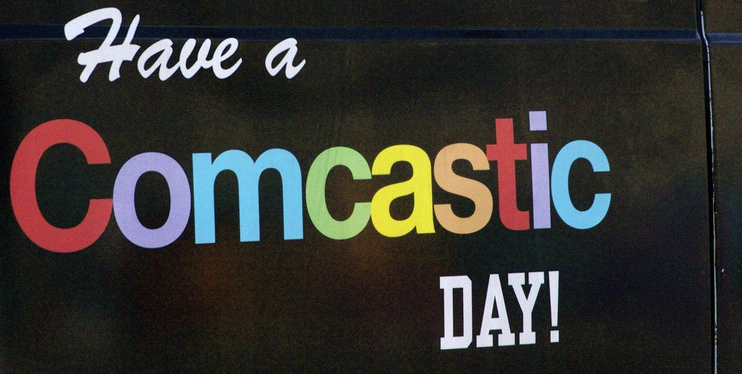Comcast internal handbook on customer retention is released to the public
 Comcast latest customer service fiasco has prompted a number of current employees, to set the record straight about the way they are trained to handle customers.
Comcast latest customer service fiasco has prompted a number of current employees, to set the record straight about the way they are trained to handle customers.
One employee in particular, who shall remain nameless, has reached out to The Verge and released a copy of an internal document designed to instruct customer retention specialists at Comcast, on how to talk to customers who are determined to leave the service.
Comcast has yet to comment on the release of the internal document, and whether there could be repercussions for releasing a piece of confidential information to the public, but while the information is still available, it wouldn’t hurt to take a good look at how Comcast believes subscribers should be treated.
The release of this document could actually be a good thing for the company. Comcast and Time Warner are talking about merging into the biggest cable entertainment provider in the nation, and every bit of good PR helps, considering that the FTC has yet to rule on whether the merge is in the public’s best interest, especially looking at both companies rather poor customer service rating.
The 13 section handbook provides employees with guidelines on appropriate responses to different scenarios. A point system is assigned to each response given, to help them improve the chances of retaining a customer in their current subscription status, or switch them to alternative packages. The manual is organized in four main sections:
With an extra section describing “auto-fail” responses.
Each response chosen by the operator falls under either “Highly Effective”, “Meets Expectations” or “Below Expectations”, which suggests a direct effect on the amount of points accumulated during a conversation.
By reading through the sections, it’s interesting to connect the handbook guidelines to some, or all of our past experiences talking to Comcast operators for various reasons, and how many of those responses, that may seem the most natural, were actually set up according to internal company instructions.
What to say to cut the cord fast:
“Save attempts” are lines of conversation that operators are required to use throughout a call, in order to prevent a customer from leaving the service altogether, which may not always be possible, at which point, the last section of the document describes what to do when there is no way to “save” the customer.
This section is also important to subscribers who are planning to cut the cord, quickly and painlessly:
- Customer is moving in with an existing Comcast customer.
- Customer is moving to a non-Comcast area (zip code verification required)
- Customer is deceased or incapacitated.
- Customer is temporarily interrupting the service, with plans for reconnecting down the line.
- Natural disaster.
Of course, at least some of the above scenarios require verification of the reasons given, the lack of which is likely to prolong a call, perhaps not as much as we witnessed from Ryan Block’s experience, but it’s important to have an understanding of the right things to say, to keep it brief, and civil.